Facing a new normal, how should we adapt conservation and infrastructure policy to improve the health of the Mississippi River and Gulf Coast?
The Mississippi River finally fell below flood stage in Baton Rouge, Louisiana, on August 4—a record 211 days after it reached this milestone in early January.
For those of us who live along the banks of the “Big Muddy” and its tributaries, 1927 and 1973 have been the high-water marks used to judge all other extraordinary floods. This year, the river stayed at or above flood stage in Mississippi and Louisiana as much as two months longer than in 1927.
Submerged city riverfronts and flooded towns and farmlands throughout the Mississippi River Basin dominated news reports the entire spring and early summer. The National Weather Service reported more rainfall in the Mississippi and Tennessee River systems in the winter and spring of 2019 than ever recorded.
It would be easy to attribute all the ills of the Mississippi River Basin this year to historic rainfall. Given the unprecedented amount of water spilling into and out of the Mississippi and tributaries, it’s likely that even a perfectly managed system of levees, floodgates, and spillways would have been overwhelmed.
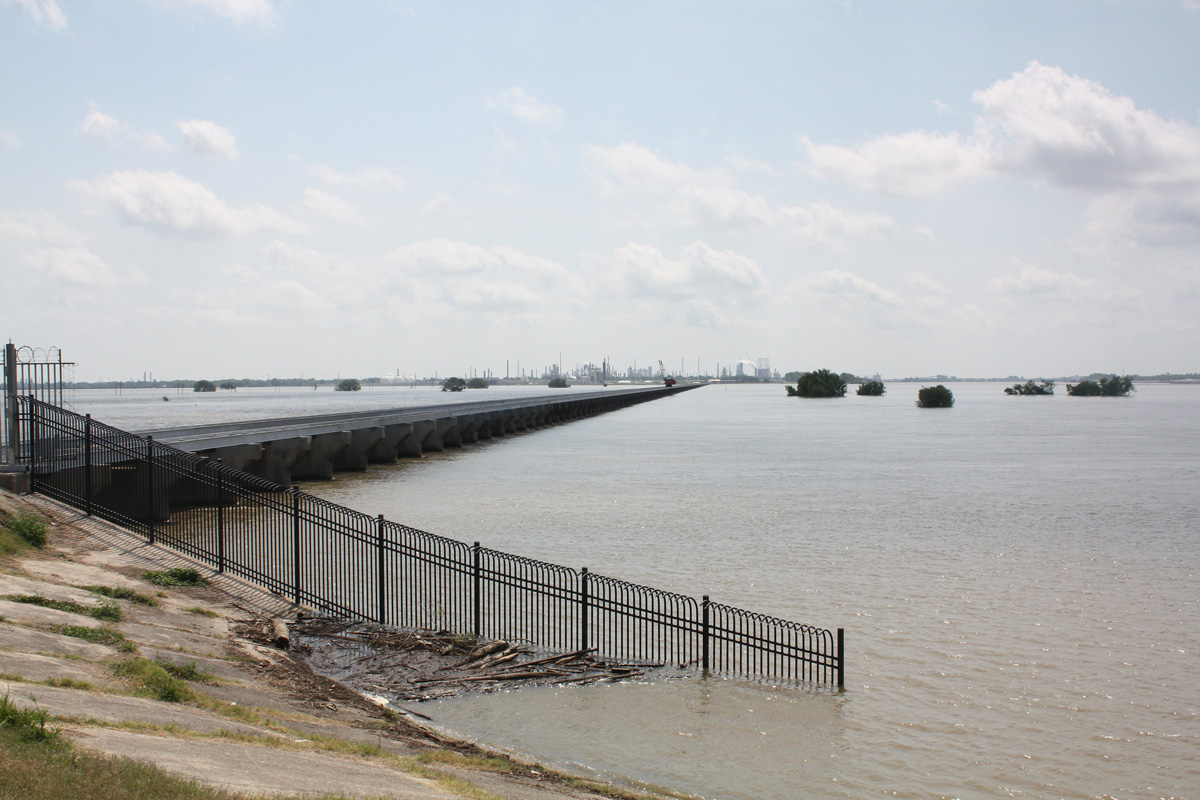
However, this flood was like pneumonia for a system already fighting a pretty bad case of bronchitis. For some perspective, the Bonnet Carré Spillway—which was built about 20 miles upriver of New Orleans in the wake of the 1927 flood to divert enough water into Lake Pontchartrain and prevent levee overtopping—was opened twice this year and four other times in the last decade.
In the previous seven decades, it had been opened only eight times.
The flood changed fishing throughout the basin. Crappie, bluegill, and bass anglers itching to fish oxbow lakes and swamps still attached to the rivers had to wait until well into summer months before fish moved into predictable patterns. Extended high water along coastal Louisiana and water from the Bonnet Carré inundated coastal marshes and lakes, scattering some saltwater species and killing oyster reefs east of the river.
What’s more, excessive nutrients leeched from farms and failing sewage systems throughout the Midwest caused high bacteria levels that shut down beaches along Mississippi’s coast and contributed to widespread uncertainty about the health of fish and shellfish in the area.
There were some benefits, too. An enormous slug of sediment is building new wetlands along the Mississippi River’s east bank below New Orleans, along with an explosion in the crawfish and largemouth bass populations. The freshwater concentrated redfish and gave them a variety of fresh and saltwater forage to feast on. And, as fall has arrived, white shrimp, crab, mullet, and menhaden populations are exploding east of the river, thanks to the nutrients brought by the freshwater.
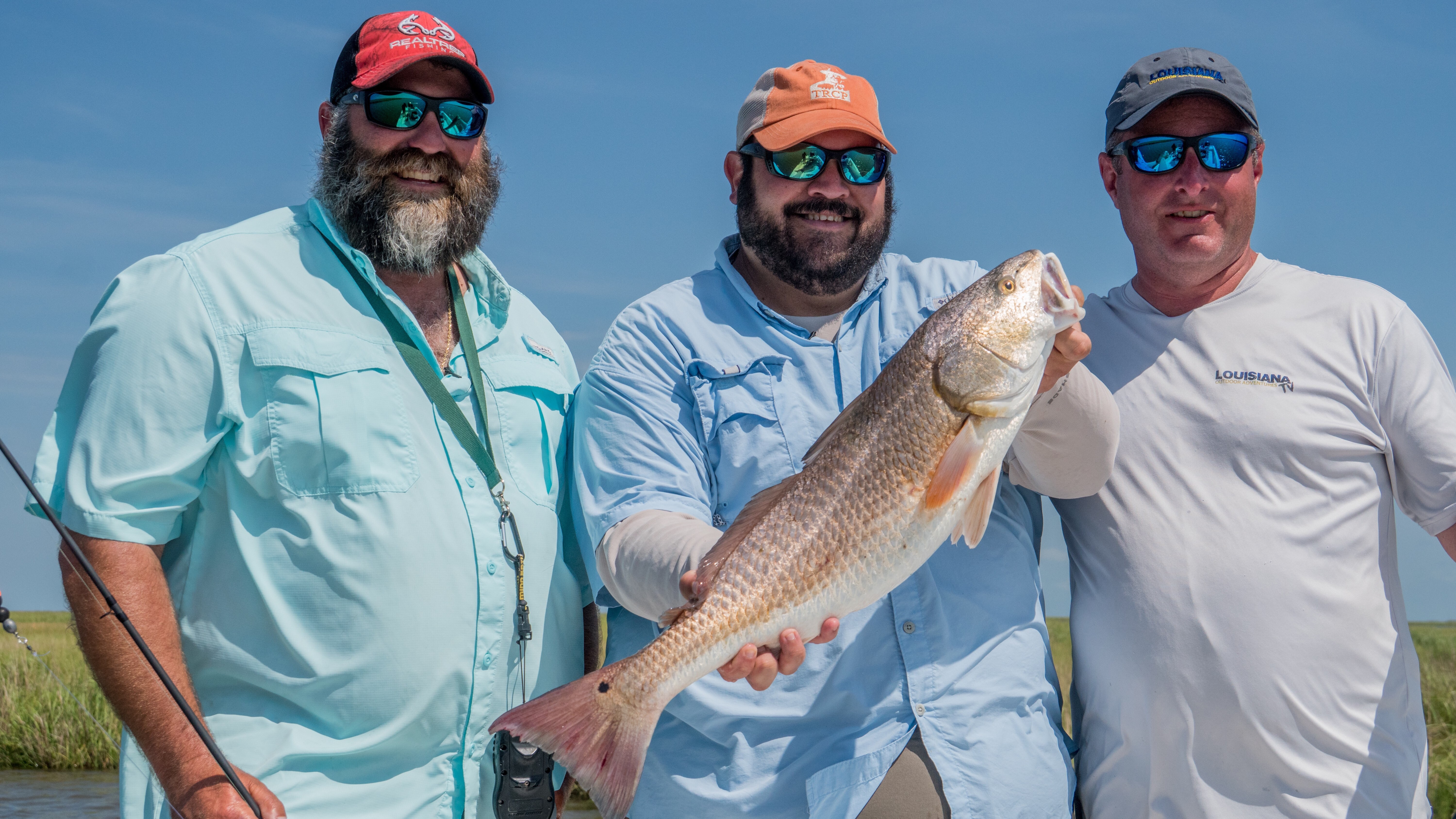
Many factors have contributed to increased flooding frequencies. Higher levees built throughout the basin in the last 40 years keep forcing the water higher and higher instead of allowing it to spill out into natural floodplains. Also, changes in climate and weather patterns can’t be ignored. It’s a fact that rainfall has become more intense and more frequent over that last two decades.
Extensive wetland and farmland draining has reduced water storage and increased nutrient levels in the river. Tile-drained lands for corn, wheat, and soybeans simply don’t store water. And mismanaged sediment throughout the Mississippi has decreased storage capacity in reservoirs from the Dakotas to Nebraska, as well as in the main river channel between Memphis and Baton Rouge. That sediment is desperately needed to sustain coastal wetlands, however much of it stops short of the river’s deltaic marshes.
Recognizing the importance of the river to fisheries, wildlife, and America’s economy and culture, the Theodore Roosevelt Conservation Partnership has organized a campaign of hunting, angling, and conservation organizations to identify substantive changes in federal law and policy needed to make the Mississippi a much healthier system.
Those recommendations will include reconnecting historic floodplains, increasing the amount of wetland acreage throughout the basin, better sediment management and invasive species control, and a concerted effort to protect communities and economic assets with natural infrastructure as much as physical structures like levees and locks. It will certainly take an enormous amount of time and effort to enact changes, but their importance cannot be denied.
The result will hopefully be a river that is admired for its wild beauty and unparalleled hunting and fishing opportunities while supporting the transportation and communities that are vital to America’s economic health.
Learn more about the TRCP’s efforts to restore the Mississippi River Delta.
This story originally appeared on the Fishing Tackle Retailer website on September 26, 2019.

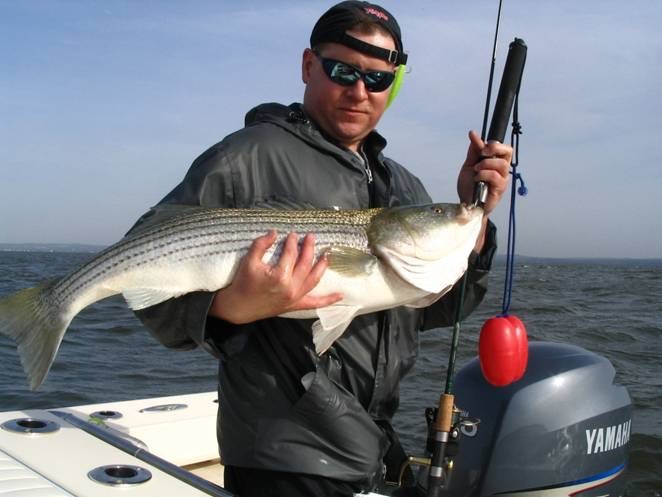
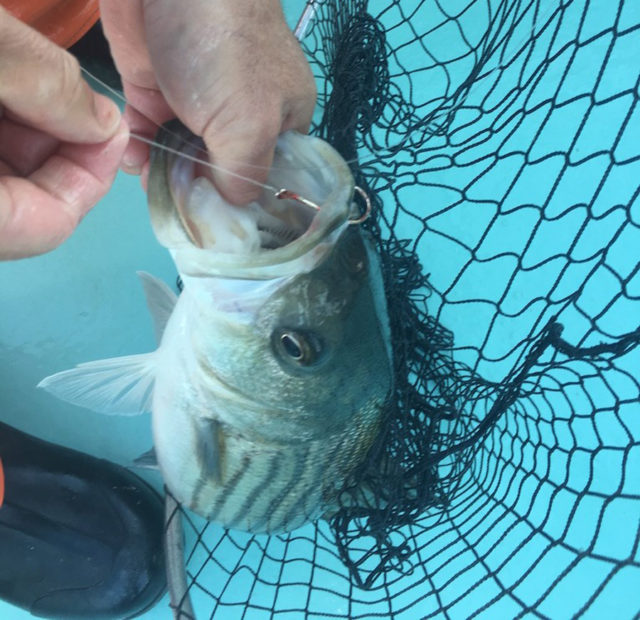

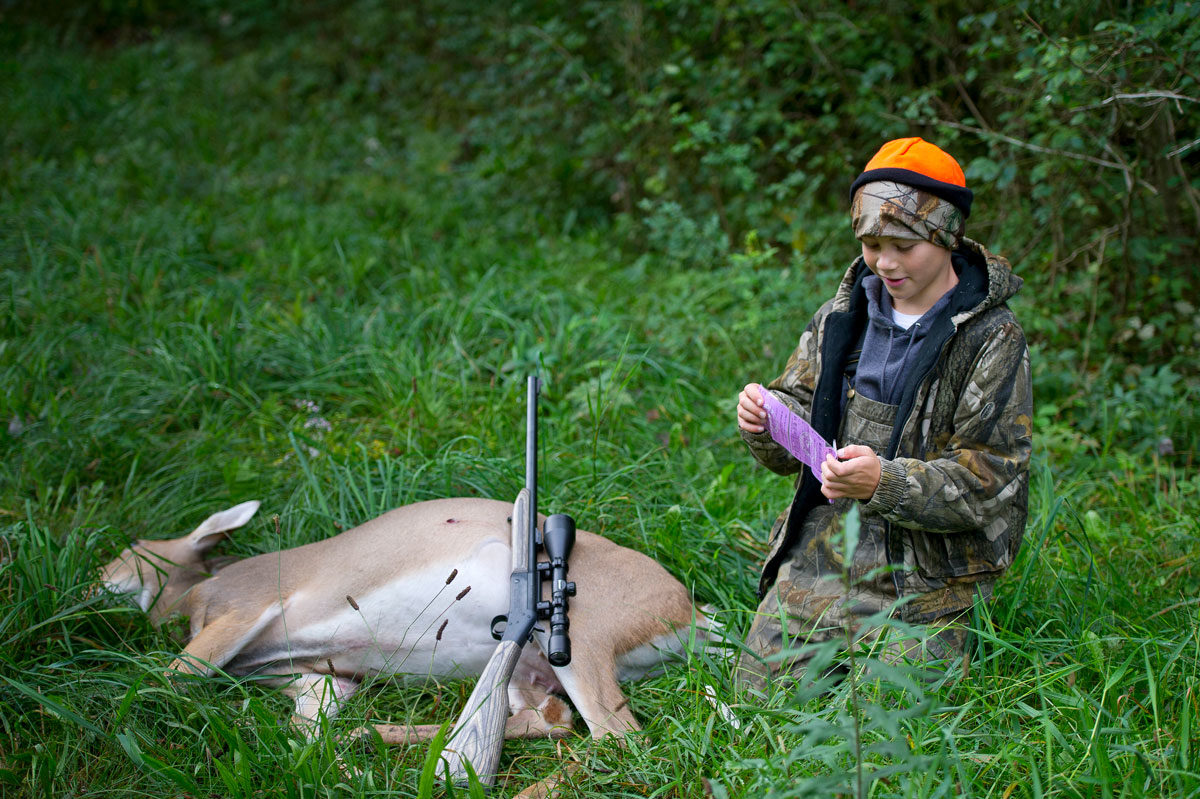
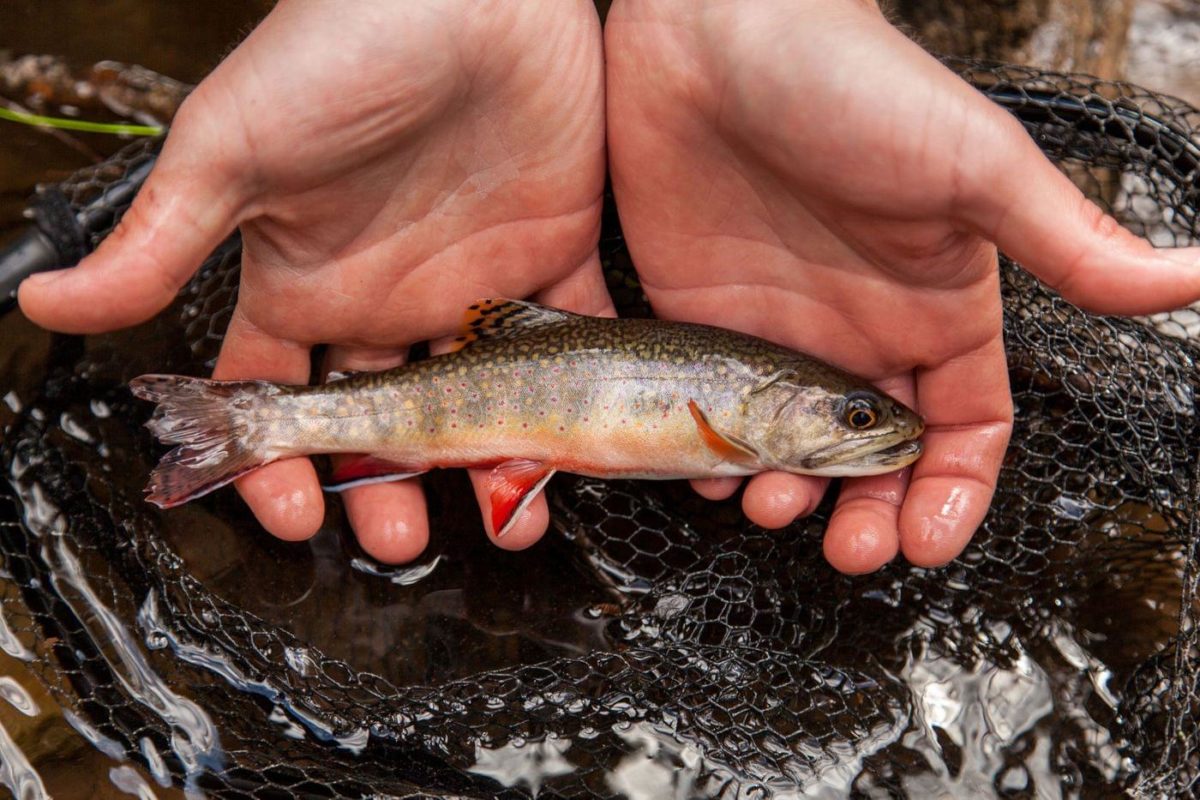





Is the nickname regional? I’ve lived in Missouri my entire life and the Big Muddy has always been the Missouri River, while the Mississippi has always been the Mighty Mississippi.
Flooding of this magnitude is rare in the western US. It was predicted by the meteorologists. One of the causes that appears to be given little weight is the treatment of the farmland. Glyphosphate use increased steadily since the 1980’s and it is an effective herbicide of virtually all forms of plant life except genetic modified strains. This can leave the fields bare and prone to excessive runoff during a wet winter. Multiply this by millions of acres and it can be predicted that widespread flooding will occur if rainfall exceeds a certain amount during the non-planting season. The use of glyphosphate was just banned in Germany and most of Europe has already banned it. Perhaps we should look at doing this also. It is more than an agricultural issue.